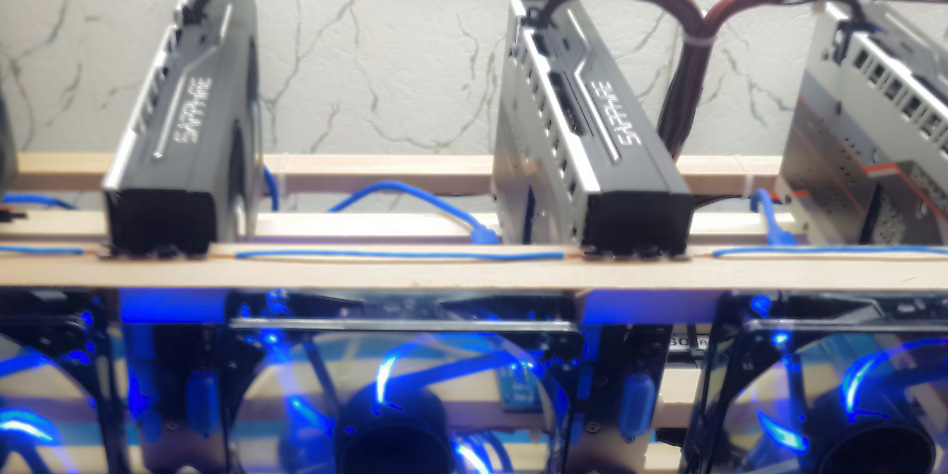
Mining has been a pivotal aspect of cryptocurrency since the inception of Bitcoin. However, not all cryptocurrencies are created equal. Monero (XMR) stands out as a privacy-centric digital currency that has captured the attention of enthusiasts and miners alike. If you are intrigued by Monero mining, this comprehensive guide will walk you through the entire process. Whether you are a seasoned miner looking to expand your horizons or a newcomer eager to explore the world of cryptocurrency mining, we have got you covered.
Why Mine XMR?
Monero is renowned for its robust privacy features, which appeal to users who prioritize financial confidentiality. The privacy-centric coin uses advanced cryptographic techniques to ensure the security of transactions and wallet balances.
Mining XMR can be profitable, especially when the cryptocurrency's value rises. In 2023, miners are rewarded with 0.6 XMR for successfully mining each block on the Monero blockchain. A new block is added approximately every 2 minutes. Miners typically generate daily profits ranging from $0.45 to $1 per mining system. Note that these earnings can significantly fluctuate and are contingent on rewards per block, electricity consumption, mining equipment, hash rate, and mining difficulty.
Miners often take a long-term view, believing that the XMR they accumulate today may increase in value in the future. The current price of Monero is $149.99. CoinPedia forecasts its price may reach $213.54 by the end of 2023 and as high as $962.14 by 2030.
Many cryptocurrency enthusiasts who value privacy have embraced mining to acquire Monero due to its increasing scarcity on crypto exchanges. The implementation of stringent KYC (Know Your Customer) regulations that compromise the anonymity of XMR purchases is another motivator for mining.
Understanding Monero Mining
Monero mining revolves around a consensus mechanism known as Proof of Work (PoW). PoW requires miners to solve complex mathematical puzzles to validate transactions and secure the network. Monero's PoW mechanism ensures network security by making mining computationally intensive. Miners, known as "nodes," compete to find the correct solution to a cryptographic puzzle. Once they solve it, they add a new block of transactions to the Monero blockchain and are rewarded with freshly minted XMR, as well as transaction fees.
Monero’s algorithm RandomX is ASIC-resistant. You can use your everyday computer’s CPU (central processing unit) or GPU (graphics processing unit) to mine XMR. GPU mining is the most popular way of mining Monero. You only need a frame, a motherboard, and a processor to create a mining rig. Cloud mining is an option for users who would rather rent than buy hardware.
Mining software acts as the bridge between your hardware and the Monero network. Various mining software options available, each with its unique features and compatibility with different hardware setups. Selecting the right software is a critical decision for successful mining.
Getting Started with Monero Mining
1. Set up a Monero wallet.
• You will need a secure wallet to store your earnings before you dive into Monero mining. Look for a trusted Monero wallet and follow the setup instructions.
• Go to XMRWallet.com
• Click “Create XMR Wallet”
• Write or print your seed phrase and secure the copy.
• Keep your wallet address safe as this is where your mined XMR will be sent.
2. Choose a mining pool or go solo
Decide whether you want to mine Monero independently (solo mining) or join a mining pool. Solo mining can be more rewarding but is highly competitive and requires significant computational power. Mining pools combine the resources of multiple miners, increasing your chances of earning steady rewards.
3. Install and configure mining software (Solo mining)
• Go to the official Monero website at monero.org
• Download the Monero GUI interface that corresponds to your computer's operating system.
• Execute the downloaded setup file to install the Monero GUI.
• Launch the Monero GUI. The program will automatically start synchronizing with the Monero network. You can monitor the synchronization progress, including network status, in the lower-left corner of the interface.
• Wait for the display to show “Connected” before mining.
4. Find a reputable Monero mining pool (if applicable).
Joining a mining pool provides a more consistent income stream because you share rewards with other participants based on your mining contribution. You can find mining pools here.
Start Mining
Solo Mining
— Go to the GUI interface.
— Navigate to the "Advanced" tab within the Monero GUI. This tab provides additional options for customization.
— In the "Advanced" tab, select "Mining"
— Click on the "Start mining" button.
— Click the "Stop mining" button if you wish to halt the mining process.
Pool Mining
— Select a mining pool and follow their registration and setup instructions
— Download pool mining software for your computer’s operating system
— Execute setup and connect it to your XMR wallet and pool address
— Begin mining
Monero mining offers an opportunity to engage with cryptocurrencies. The potential rewards and sense of participation can be worthwhile. It is essential to proceed responsibly. Equip yourself with knowledge, exercise prudent hardware choices, and remain adaptable in response to the dynamic nature of XMR mining. Take your first steps thoughtfully, keep learning, and embrace the boundless possibilities Monero mining has to offer.
